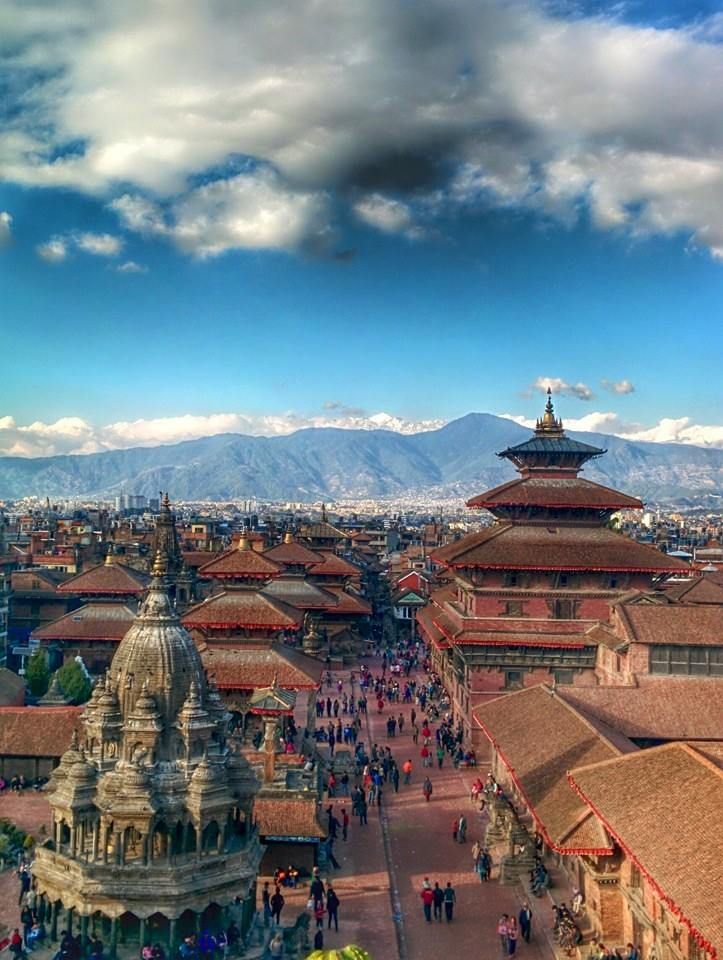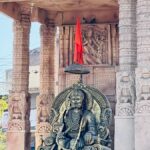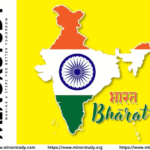Introduction
Kathmandu, the capital city of Nepal, is a vibrant blend of history, spirituality, culture, and urban life. Known as the “City of Temples”, it is the gateway to Nepal’s rich heritage, offering travelers a unique mix of ancient architecture, bustling markets, and spiritual experiences.
- Introduction
- History of Kathmandu
- Fascinating Facts About Kathmandu
- Timeline of Kathmandu
- Significance of Kathmandu
- 1. Historical Significance
- 2. Cultural Importance
- 3. Religious Significance
- 4. Tourism & Economy
- 5. Education & Research
- 6. Gateway to Adventure
- Observance & Cultural Activities
- Wishing in Kathmandu
- Daily Life Impact
- FAQs About Kathmandu
- Important Tips for Visitors
- Importance in Society
- Conclusion
For those seeking cheap vacation ideas in Nepal, Kathmandu offers affordable accommodations, cultural exploration, and immersive experiences. This guide explores history, fascinating facts, timeline, significance, observance, wishing, FAQs, daily life impact, and societal importance in a human-friendly, engaging style.
History of Kathmandu
Origins: Kathmandu is believed to have been founded in the 5th century CE, originally known as Kantipur, meaning “City of Beauty.”
Medieval Era: It became a cultural and trade hub under the Malla dynasty, developing its iconic temples, palaces, and public squares.
Shah Dynasty: In the 18th century, Prithvi Narayan Shah unified Nepal, making Kathmandu the capital of a unified nation.
Modern Era: Kathmandu evolved into a political, economic, and cultural center, blending traditional heritage with modern urban life.
Fascinating Facts About Kathmandu
City of Temples: Home to over 100 temples, including Pashupatinath, Swayambhunath, and Boudhanath, reflecting rich spiritual traditions.
UNESCO World Heritage Sites: Kathmandu Durbar Square, Swayambhunath, and Boudhanath Stupa are globally recognized heritage sites.
Cultural Festivals: Major festivals like Dashain, Tihar, Indra Jatra, and Holi are celebrated with vibrant traditions.
Diverse Architecture: The city features Newar, Tibetan, and modern architectural styles across temples, palaces, and streets.
Spiritual Hub: Pilgrims from across the world visit Kathmandu for prayers, meditation, and spiritual rituals.
Bustling Markets: Famous markets like Thamel and Asan offer handicrafts, souvenirs, and local cuisine.
Gateway to Himalayas: Kathmandu serves as the base for treks to Everest, Langtang, and Annapurna regions.
Art & Museums: Hosts art galleries, museums, and cultural centers, preserving Nepalese heritage.
Natural Beauty: Surrounded by hills and the Bagmati River, the city offers serene landscapes amidst urban life.
Timeline of Kathmandu
5th Century CE: Founding of Kathmandu as Kantipur.
12th–18th Century: Flourishing under the Malla dynasty with temples and palaces constructed.
1768: Shah dynasty unifies Nepal, making Kathmandu the capital.
20th Century: Modernization, urban development, and cultural preservation efforts.
1979: UNESCO recognition of key heritage sites in Kathmandu.
21st Century: Kathmandu becomes a global tourist destination and urban cultural hub.
Significance of Kathmandu
1. Historical Significance
Kathmandu preserves centuries-old architecture, palaces, and temples, offering a window into Nepalese history.
2. Cultural Importance
It is a living museum of festivals, arts, music, and cuisine, reflecting the diversity of Nepalese society.
3. Religious Significance
Home to Hindu and Buddhist sacred sites, Kathmandu is a spiritual hub for rituals, meditation, and pilgrimages.
4. Tourism & Economy
The city drives Nepal’s tourism economy, supporting hotels, restaurants, guides, and local artisans.
5. Education & Research
Kathmandu houses museums, universities, and research centers, promoting learning in arts, culture, and history.
6. Gateway to Adventure
Serves as a base for mountaineering, trekking, and cultural tourism, connecting visitors to the Himalayas.
Observance & Cultural Activities
Festivals: Kathmandu is alive during Dashain, Tihar, Holi, Indra Jatra, where locals and tourists experience processions, dances, and rituals.
Temple Visits: Daily visits by devotees for offerings, prayers, and meditation.
Cultural Workshops: Opportunities to learn traditional music, crafts, and dance.
Eco-Tourism Practices: Promotion of sustainable tourism, recycling, and preservation of heritage sites.
Wishing in Kathmandu
Visitors often make wishes at temples, stupas, and sacred rivers:
🕉️ “May my journey bring wisdom, peace, and spiritual growth.”
🌸 “Wishing for health, happiness, and prosperity for my family and community.”
🏔️ “May the mountains and rivers guide me toward strength and clarity.”
These acts connect visitors with Nepalese spiritual traditions and local culture, enhancing their travel experience.
Daily Life Impact
Kathmandu impacts both locals and travelers:
For Tourists: Offers cultural immersion, adventure, and spiritual experiences.
For Locals: Provides employment in tourism, handicrafts, guiding, and hospitality.
For Society: Promotes heritage preservation, cultural pride, and sustainable tourism.
Children and students visiting heritage sites gain hands-on knowledge about history, architecture, and traditions.
FAQs About Kathmandu
Q1: What is the best time to visit?
A: September–November and March–May for pleasant weather and clear skies.
Q2: Is Kathmandu budget-friendly?
A: Yes, affordable accommodations, food, and transportation make it suitable for budget travelers.
Q3: What are must-visit places?
A: Pashupatinath Temple, Swayambhunath Stupa, Boudhanath Stupa, Durbar Square, Thamel, and Garden of Dreams.
Q4: Can tourists experience local festivals?
A: Yes, tourists are welcome to observe and participate respectfully.
Q5: How many days are ideal to explore Kathmandu?
A: 3–5 days to cover heritage sites, markets, temples, and nearby attractions.
Important Tips for Visitors
Dress modestly when visiting temples and religious sites.
Carry cash for markets, small eateries, and entry fees.
Hire local guides for in-depth historical and cultural understanding.
Respect local customs, rituals, and photography rules.
Stay hydrated and wear comfortable shoes for walking tours.
Importance in Society
Kathmandu plays a central role in Nepal’s history, culture, and economy:
Historical Preservation: Maintains centuries-old temples, palaces, and monuments.
Cultural Continuity: Hosts festivals, music, art, and traditional practices.
Economic Significance: Tourism supports local businesses, artisans, and guides.
Educational Value: Museums, heritage sites, and cultural centers provide learning opportunities.
Social Cohesion: Encourages respect for heritage, spirituality, and community values.
Conclusion
Kathmandu is more than a city; it is a living cultural treasure, blending history, spirituality, and modern life. Affordable, accessible, and endlessly fascinating, it offers travelers a complete experience of Nepalese heritage, adventure, and urban charm.
🌆 Wishing for You: May your journey through Kathmandu inspire curiosity, peace, and a deeper appreciation for history, culture, and the spiritual essence of Nepal. Let each temple, square, and stupa remind you of the beauty of human creativity and devotion.








